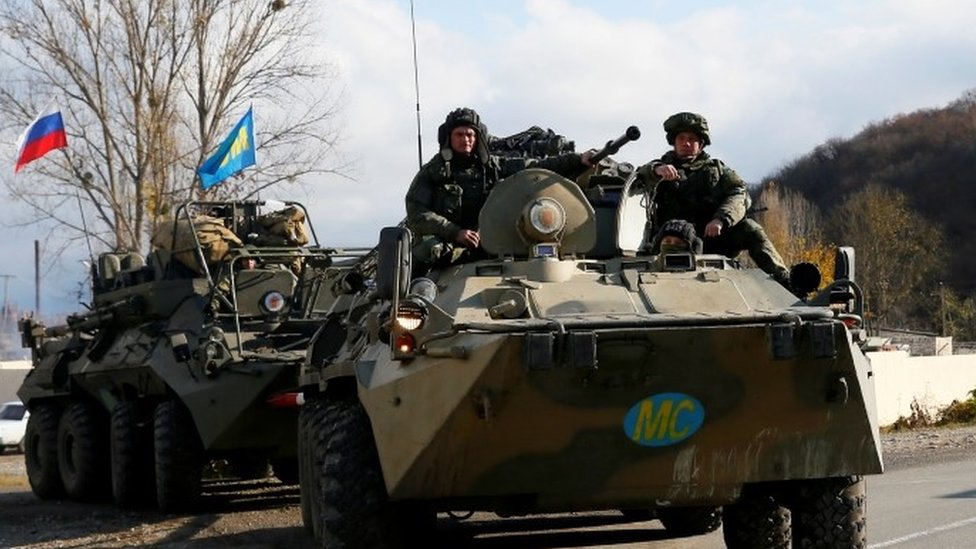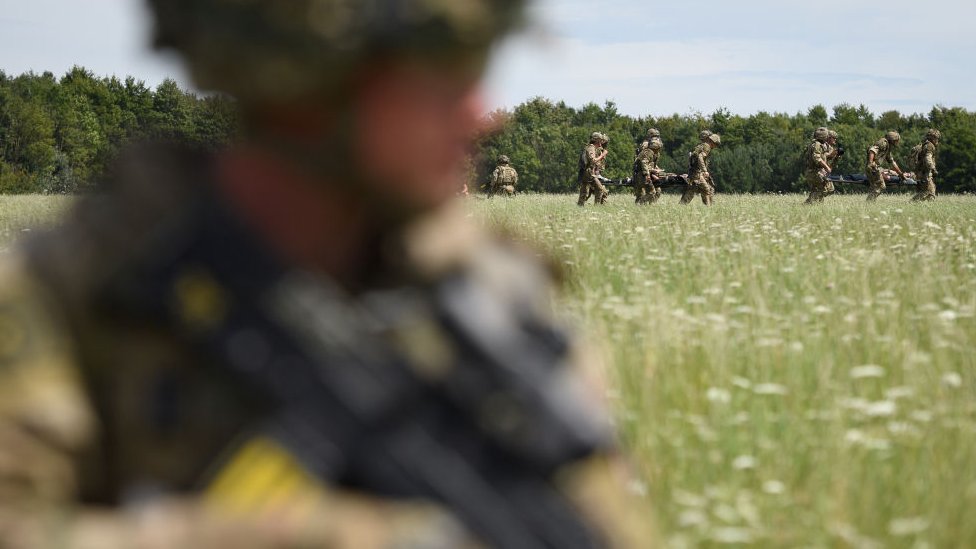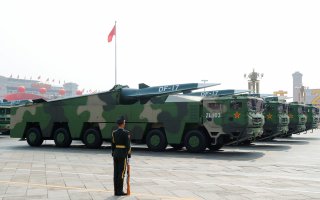by Mark Episkopos
Here's What You Need To Remember: New Delhi rebooted the USSR-India partnership in 2008, leasing an Akula-class submarine from President Putin.
In the latest instance of long-standing military cooperation between Moscow and New Delhi, India is set to rent additional Russian nuclear-powered attack submarines as a stepping stone on its path to acquiring an indigenous nuclear submarine force.
History:
A somewhat unusual arrangement, India’s willingness to lease—rather than procure or import outright— submarine technology from Russia has clear precedent in recent history. In 1986, the Soviet Union became the first state to lease a nuclear submarine. In an attempt to cultivate the Sino-Soviet defense relationship, the Kremlin inked a deal with New Delhi for the 10-year lease of a Charlie-class nuclear cruise missile submarine.














